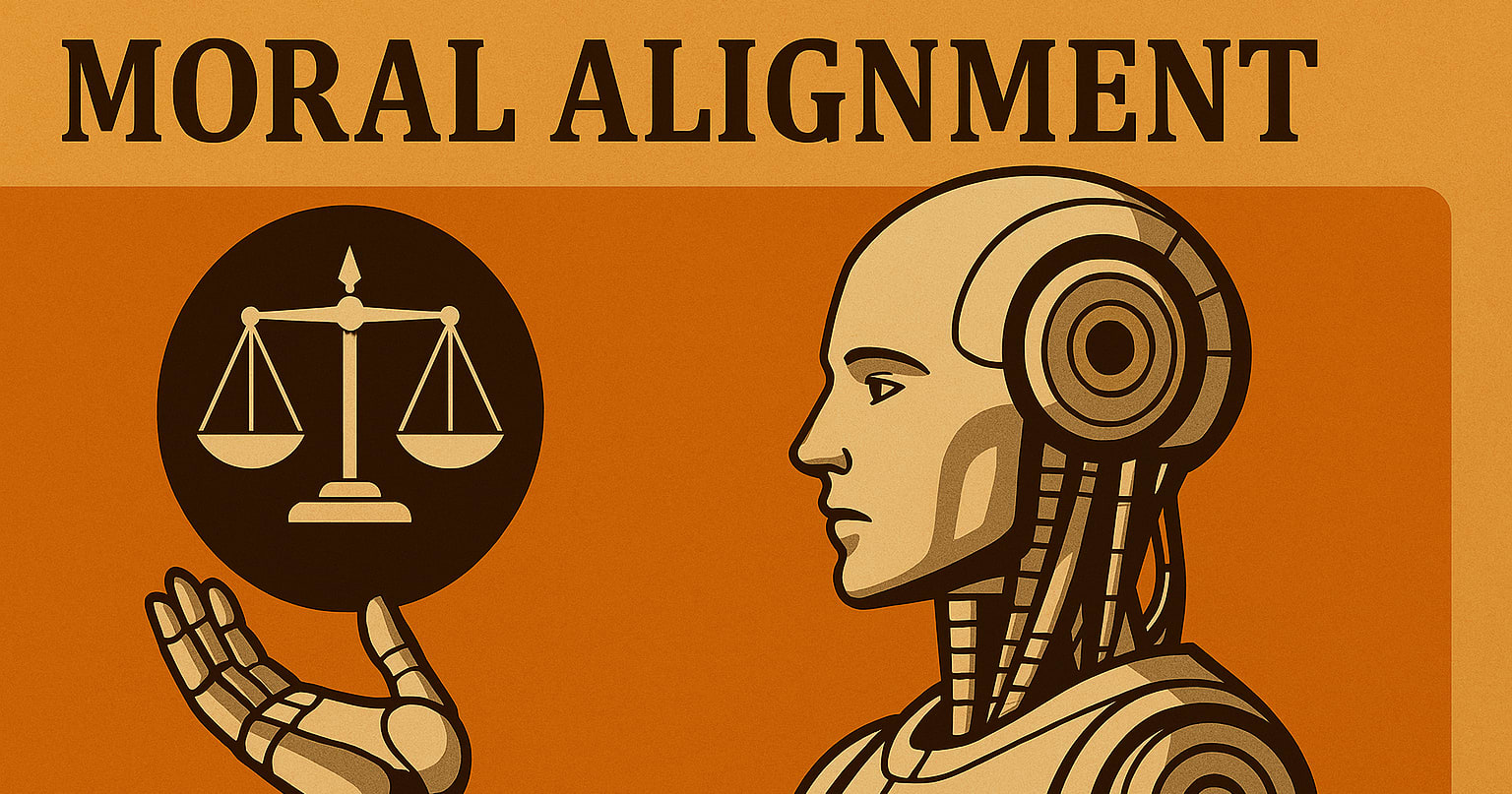Why it’s important to fill out this consultation
The UK Government is currently consulting on allowing insects to be fed to chickens and pigs. This is worrying as the government explicitly says changes would “enable investment in the insect protein sector”. Given the likely sentience of insects (see this summary of recent research), and that median predictions estimate that 3.9 trillion insects will be killed annually by 2030, we think it’s crucial to try to limit this huge source of animal suffering.
Overview
- Link to complete the consultation: HERE. You can see the context of the consultation here.
- How long it takes to fill it out: 5-10 minutes (5 questions total with only 1 of them requiring a written answer)
- Deadline to respond: April 1st 2025
- What else you can do: Share the consultation document far and wide!
- You can use the UK Voters for Animals GPT to help draft your responses.
- If you want to hear about other high-impact ways to use your political voice to help animals, sign up for the UK Voters for Animals newsletter. There is an option to be contacted only for very time-sensitive opportunities like this one, which we expect will happen less than 6 times a year.
Questions and suggested responses:
It is helpful to have a lot of variation between responses. As such, please feel free to add your own reasoning for your responses or, in addition to animal welfare reasons for opposing insects as feed, include non-animal welfare reasons e.g., health implications, concerns about farming intensification, or the climate implications of using insects for feed.
Question 7 on the consultation: Do you agree with allowing poultry processed animal protein in porcine feed?
Suggested response: No (up to you if you want to elaborate further).
We think it’s useful to say no to all questions in the consultation, particularly as changing these rules means that meat producers can make more profit from selling their off-cuts and waste products to be used as animal feed. You don’t have to explain your reasoning if you don’t want to.
Question 9: Do you agree with allowing porcine processed animal protein in poultry feed?
Suggested response: No (up to you if you want to elaborate)
Question 11: Do you agree with allowing insect processed animal protein in porcine and poultry feed?
Suggested response: No.
Longer response for the Question 12 text field
If you agree with the below text we recommend asking this custom ChatGPT to convert & adapt these bullet points into narrative text such that everyone does not use the exact same wording. This will make it more effective when being reviewed by the government. It might be helpful to give specific prompts such as “convert these bullet points into text as a member of the public concerned about animal welfare and sustainability”. Also, please feel free to include any other reasons or justification you hold for being against this decision:
- There is increasing evidence to suggest that many species of insects are sentient (Gibbons et al., 2022).
- The proposed change would lead to a significant increase in the number of insects bred and slaughtered. Given their small size, they could quickly become the most numerous farmed species in the UK.
- This consultation provides no indication that the animal welfare aspects of the decision have been taken into account. Given that the New York Declaration of Consciousness, signed by over 500 academics, states there is a realistic probability of sentience amongst insects, I believe this deserves serious consideration.
- Additionally, very little is known about the appropriate practices for raising insects. The precautionary principle ought to apply until we have more research and evidence into the sentience and best practices of raising insects, particularly black soldier flies and their larvae.
- Before any further action, the Government should commission the Animal Welfare Committee to write a report on the sentience of insects used in farming and their welfare needs.
If the government does choose to allow insects to be fed to other animals, the industry must have mandatory minimum welfare standards, as is the case with other farmed species.
Question 13: Do you agree with allowing ruminant collagen and gelatine in non-ruminant feed?
Suggested response: No (up to you if you want to elaborate)
Question 15: Do you agree with the proposed measures to prevent cross contamination in the feed chain?
Suggested response: No / Don’t know (up to you if you want to elaborate)
Any questions?
Any questions about this consultation, feel free to email hello@ukvotersforanimals.org or comment below. UK Voters for Animals, coordinating the response to this consultation, is a new grassroots organisation using the political system to help animals.




I think it could be beneficial to diversify the arguments by adding a note on the impact on environment and the costs of insect meal - even if the argument on insect sentience is accepted it may be deemed not important (factory farming has a track record of this). Here's what my colleague Keyvan Mostafavi wrote in addition to the animal welfare arguments:
"One of the main issues with insect meal is its cost. It is currently 2 to 10 times more expensive than conventional feed options like soybean or fish meal (Leipertz et al., 2024; World Bank). Additionally, insect farming was initially promoted as an environmentally friendly solution. However, studies challenge these claims (Thévenot and all, Mealworm meal for animal feed: Environmental assessment and sensitivity analysis to guide future prospects). Insect farms often rely on cereal-based feed, competing with traditional agriculture rather than utilizing food waste as originally intended. This reduces their sustainability benefits and, in some cases, increases their environmental impact. (...)"
Consider adding these to the post if you find them useful.